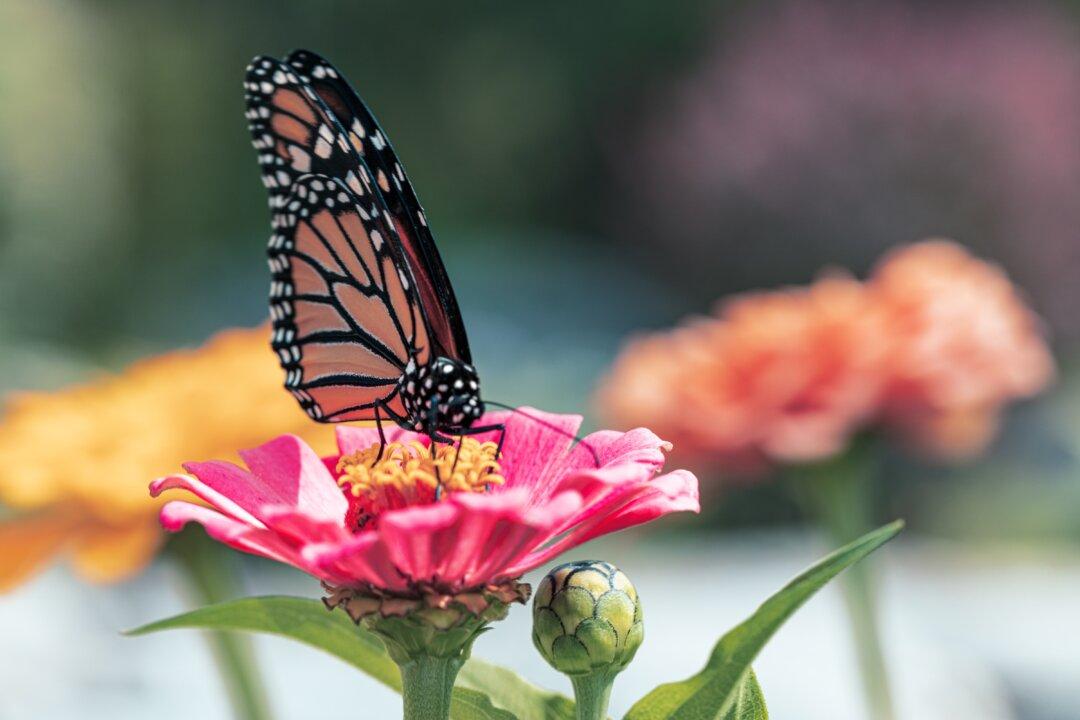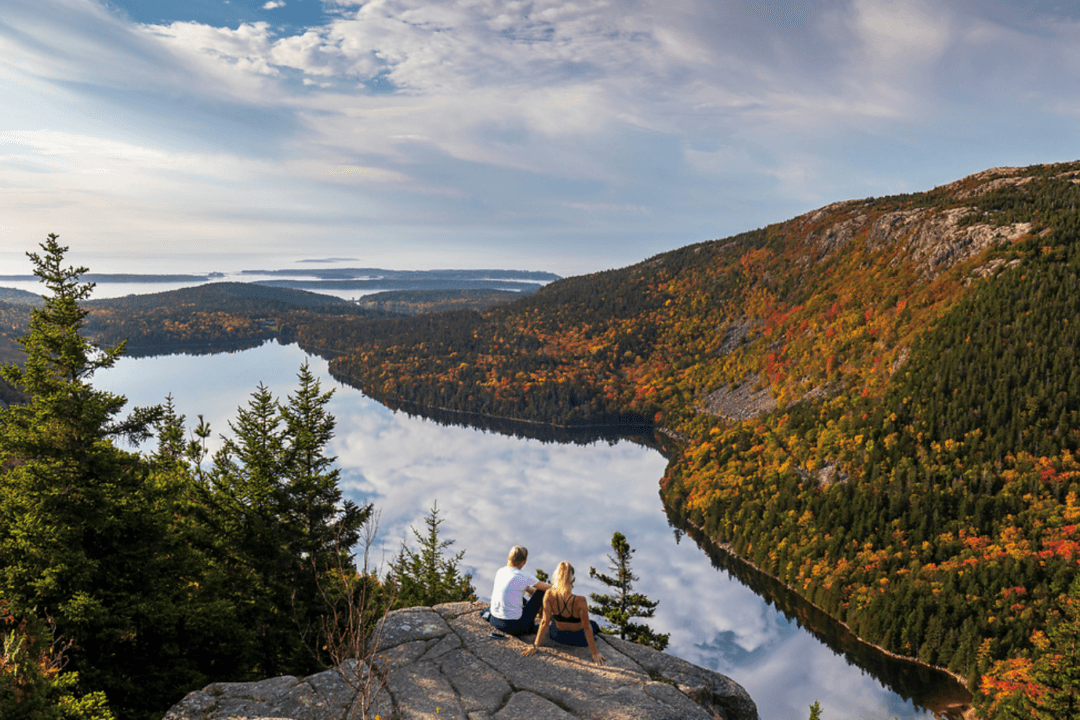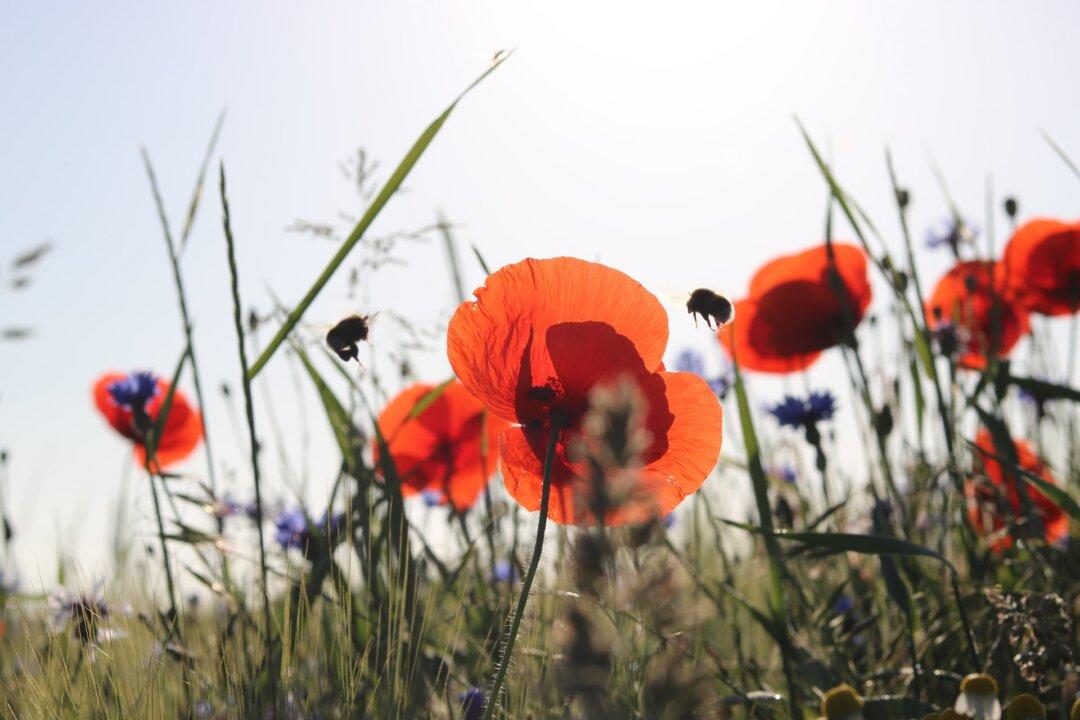Want to create a pollinator garden that will be all the buzz? It doesn’t matter if you live in the country, have a yard in the suburbs, or live in an apartment in the middle of a city. Container gardens, rooftop gardens, raised beds, window boxes, and traditional gardens all can provide a feast for pollinators.
There is no better time to celebrate pollinators and contribute to their health than National Pollinator Week – June 20-26, 2022. Creating a special pollinator garden or adding flowers to an existing garden is a great way to repay them for all the benefits they provide us.





